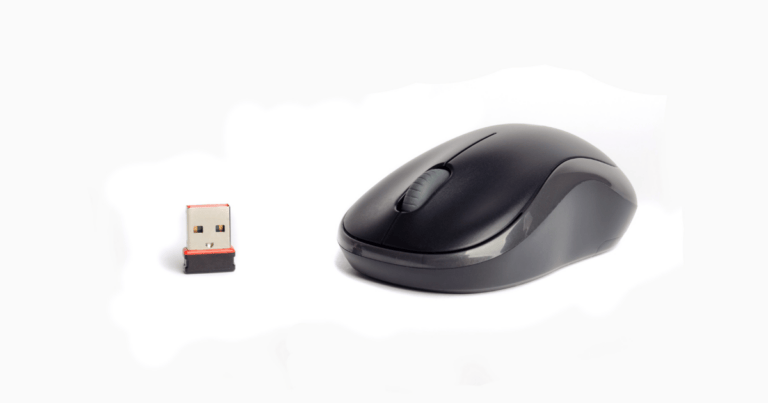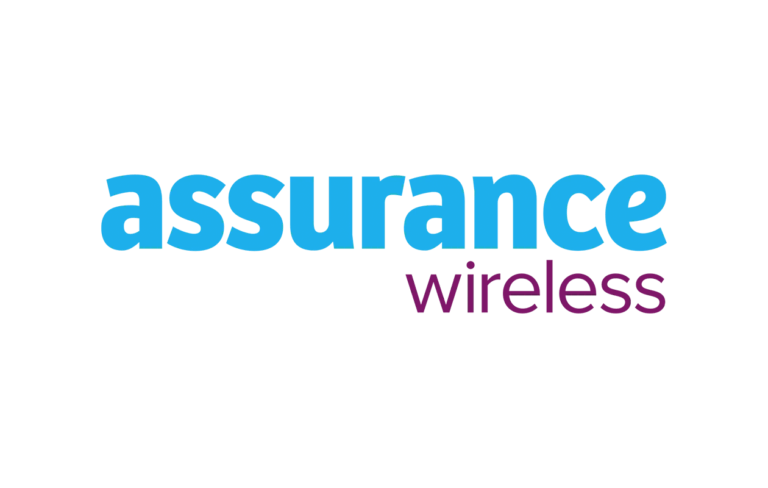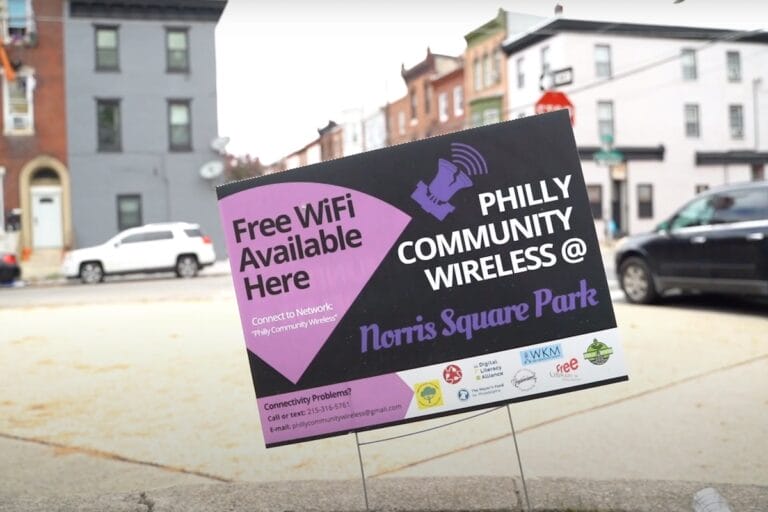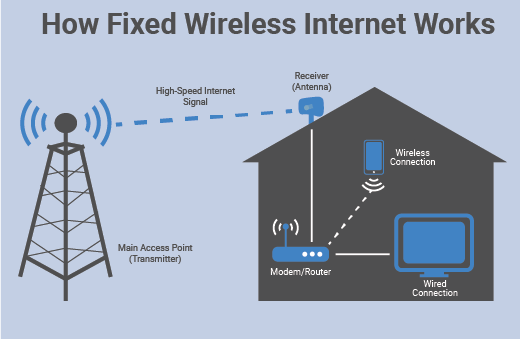
Can I use wireless projection with any device? Whether you’re a tech-savvy teen or just starting to explore the wonderful world of gadgets, wireless projection is a topic that piques your curiosity. So, let’s dive in and unravel the mysteries of this convenient and futuristic technology.
Imagine this: you’re watching a movie or giving a presentation, and instead of being confined to a small screen, your content magically appears on a larger display.
That’s what wireless projection is all about! It allows you to effortlessly connect your device, be it a smartphone, laptop, or tablet, to a bigger screen without the hassle of cables.
But here’s the question on everyone’s mind: can you use wireless projection with any device you own? Well, my young tech enthusiast, the answer may surprise you. So, let’s embark on this wireless adventure and find out if your device has what it takes to bring your content to the big screen!
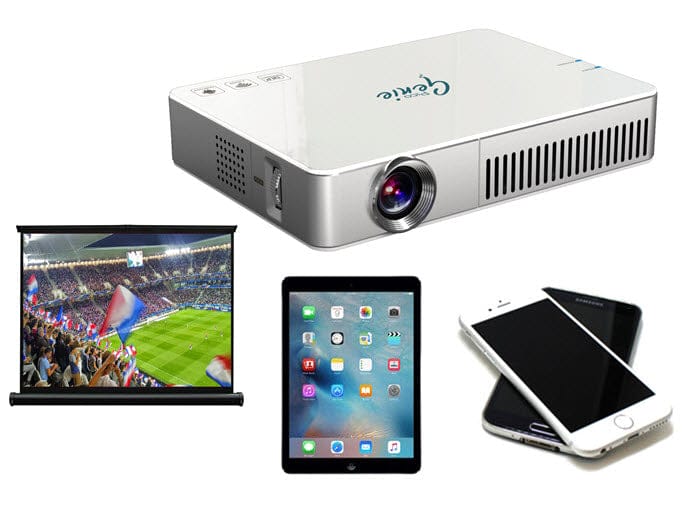
Can I Use Wireless Projection with Any Device?
Yes, wireless projection can be used with a wide range of devices. Whether you have a smartphone, tablet, laptop, or even a desktop computer, you can take advantage of wireless projection technology.
By connecting your device to a compatible wireless projector or display, you can easily mirror your screen and enjoy presentations, videos, and more without the need for cables. Explore the possibilities and enhance your multimedia experience with wireless projection on any device.
1. Compatibility with Smartphones and Tablets
Smartphones and tablets are among the most commonly used devices for wireless projection. Most modern smartphones and tablets, regardless of the operating system (iOS or Android), come equipped with built-in screen mirroring capabilities.
This means you can wirelessly project your device’s screen onto a compatible display without the need for additional hardware.
It’s as simple as accessing the screen mirroring feature in your device’s settings and selecting the desired display. However, it’s worth noting that older or budget smartphones and tablets may not support wireless projection.
When it comes to compatibility across different brands and models, there are some considerations to keep in mind. While screen mirroring is generally supported across various devices, there may be slight differences in terms of performance and ease of use. It’s recommended to check the specific compatibility requirements and functionalities of your device before attempting wireless projection.
2. Compatibility with Laptops and Computers
Wireless projection is not limited to smartphones and tablets. Nowadays, many laptops and computers also offer built-in screen mirroring capabilities. Windows, Mac, and Chrome OS devices often come equipped with screen mirroring features that allow you to project your screen wirelessly onto a larger display.
However, compatibility with laptops and computers can sometimes vary depending on the operating system and specific hardware.
For example, older laptop models may not support wireless projection or may require additional adapters to enable this functionality. It’s important to check your device’s specifications and capabilities to ensure wireless projection compatibility.
In some cases, if your device doesn’t have built-in screen mirroring capabilities, you can still achieve wireless projection by using dedicated hardware solutions, such as wireless display adapters or dongles. These devices connect to your device’s HDMI or USB ports and enable wireless screen mirroring.
They often work with a wide range of laptops and computers, regardless of the operating system.
3. Compatibility with TVs and Projectors
When it comes to compatibility with TVs and projectors, most modern models are designed to support wireless projection. Smart TVs, for example, often come equipped with screen mirroring capabilities, allowing you to wirelessly connect and display content from your compatible devices.
For projectors, many manufacturers offer models with built-in wireless projection capabilities. These projectors allow you to connect and project your screen wirelessly without the need for additional hardware.
However, it’s important to check the specifications and features of your specific TV or projector to ensure it supports the type of wireless projection you require.
In cases where your TV or projector doesn’t have built-in wireless projection capabilities, there are external solutions available. Wireless display adapters and streaming devices, such as Google Chromecast or Amazon Fire TV Stick, can be connected to your TV or projector’s HDMI port, enabling wireless projection functionality.
Benefits of Wireless Projection
Wireless projection offers numerous benefits in various scenarios. Whether you’re giving a presentation, enjoying multimedia content, or playing games, here are some advantages of using wireless projection:
1. Flexibility and Portability
Wireless projection allows you to be more flexible in your setup. You can easily move around the room without being tethered to a physical connection. This is especially beneficial for presentations or collaborative work, where you may need to interact with the audience or share content from different locations.
In addition, wireless projection offers portability in terms of device compatibility. As long as your device supports wireless projection and the display you’re connecting to is compatible, you can easily connect and project your screen without the need for additional cables or adapters.
2. Seamless Connectivity
Wireless projection provides a seamless and hassle-free connection between your device and the display. Gone are the days of untangling cables or dealing with multiple connections. With wireless projection, you can simply select the desired display and start mirroring your screen wirelessly.
This seamless connectivity also extends to multiple devices. In certain scenarios, you can connect multiple devices to the same display simultaneously, allowing for collaborative presentations or shared viewing experiences.
3. Enhanced Viewing Experience
By using wireless projection, you can enjoy a larger screen and a more immersive viewing experience. Whether you’re streaming movies, playing games, or showcasing multimedia content, projecting onto a bigger display enhances the visual impact and allows for better visibility, especially in group settings.
Furthermore, wireless projection often supports high-definition resolutions, ensuring that your content is displayed in crisp detail. This is particularly advantageous when presenting visual-heavy materials or sharing intricate designs or diagrams.
Considerations for Wireless Projection
While wireless projection offers numerous benefits, there are a few considerations to keep in mind:
1. Network Stability and Bandwidth
Wireless projection relies on a stable network connection to ensure smooth and uninterrupted screen mirroring.
If your network is congested or experiencing interference, it can result in laggy or unreliable projection. It’s important to have a stable Wi-Fi connection and ensure that both your device and the display are connected to the same network.
In addition, bandwidth limitations can affect the quality of the wireless projection. Higher-resolution content or fast-paced gaming may require more bandwidth, so it’s crucial to have a network with sufficient capacity to handle the data transmission.
2. Limited Range
Wireless projection typically operates within a limited range. The distance between your device and the display can impact the quality and stability of the projection. It’s recommended to stay within a reasonable range and avoid obstacles that may interfere with the wireless signal.
If you need to extend the range of your wireless projection, you can consider using Wi-Fi extenders or dedicated wireless presentation systems that offer extended coverage and stronger signals.
3. Compatibility with Applications
Not all applications or content may be optimized for wireless projection. Some applications may not support screen mirroring or may have limitations when projected onto a larger display. It’s advisable to test the compatibility of your preferred applications or content before relying on wireless projection for specific purposes.
Wireless projection offers a convenient and versatile way to display the screen of your device onto a larger display.
While compatibility can vary depending on the device and the display, most modern smartphones, tablets, laptops, and computers support wireless projection. TVs and projectors also often come equipped with screen mirroring capabilities.
By utilizing wireless projection, you can enjoy the benefits of flexibility, seamless connectivity, and an enhanced viewing experience.
However, it’s important to consider network stability, the limited range, and compatibility with applications. With the right setup and understanding of the limitations, wireless projection can greatly enhance your multimedia and presentation experiences.
Frequently Asked Questions
Are you wondering if wireless projection can be used with any device? Look no further! We’ve got answers to all your burning questions about using wireless projection technology.
1. How does wireless projection work?
Wireless projection allows you to display the content of one device, such as a laptop or smartphone, onto a larger screen, like a TV or projector, without the need for cables. It works by establishing a wireless connection between the transmitting device and the receiving display device.
The transmitting device sends the video and audio signals wirelessly, and the receiving device receives and displays those signals in real time.
Whether it’s for business presentations, gaming, or sharing multimedia content with friends and family, wireless projection simplifies the process by eliminating the need for physical connections, offering convenience and flexibility.
2. Can I use wireless projection with any smartphone or tablet?
In general, most modern smartphones and tablets support wireless projection, as long as they have the necessary hardware and operating system compatibility. This means that if your device has Wi-Fi and supports screen mirroring or screen casting, you should be able to use wireless projection.
When it comes to specific brands and models, it’s always best to check the manufacturer’s specifications or consult the user manual to confirm if wireless projection is supported. Additionally, some devices may require the installation of specific apps or software for wireless projection functionality.
3. Can I use wireless projection with a non-smart TV or projector?
Yes, you can! Even if your TV or projector doesn’t have built-in wireless projection capabilities, you can still make it compatible by using external devices called wireless display adapters. These adapters connect to the HDMI port of your TV or projector, and they receive the wireless signals from your transmitting device, allowing you to wirelessly project the content.
There are various wireless display adapters available in the market today, which work with different types of displays. Just make sure to choose a compatible adapter based on the ports and connectivity options of your TV or projector.
4. Can I use wireless projection with my laptop or desktop computer?
Yes, wireless projection is not limited to just smartphones and tablets. Many laptops and desktop computers also support wireless projection. However, it’s essential to check if your computer has the necessary hardware and software to enable this functionality.
Laptops and desktop computers may require compatible Wi-Fi cards and operating systems that support screen mirroring or screen casting. Additionally, you may need to install specific software or apps to establish a wireless connection between your computer and the display device.
5. Are there any limitations to using wireless projection?
While wireless projection offers great convenience, there are a few limitations to be aware of. Firstly, the distance between the transmitting device and the receiving display device may impact the quality of the wireless connection. If the devices are too far apart, you may experience lag or signal dropouts.
Additionally, the quality of the wireless projection may vary depending on the Wi-Fi network’s speed and stability. A strong and stable Wi-Fi network is crucial for smooth wireless projection. Finally, compatibility may be an issue with certain devices or operating systems, so it’s always advisable to check for compatibility before attempting wireless projection.
So, can you use wireless projection with any device? The answer is yes! Wireless projection technology can work with a wide range of devices, including smartphones, tablets, and laptops.
As long as your device supports wireless connectivity and is compatible with the wireless projection system you are using, you can easily stream and project your content wirelessly.
However, it’s important to note that different wireless projection systems may have specific requirements and compatibility limitations. Make sure to check the specifications and compatibility of your device and the wireless projection system you intend to use to ensure a seamless and successful wireless projection experience.


